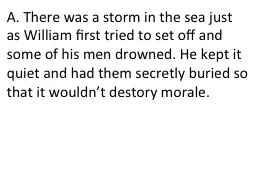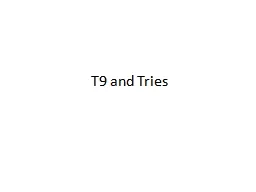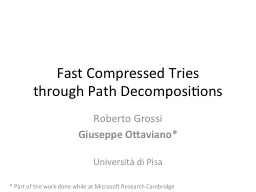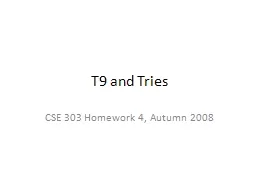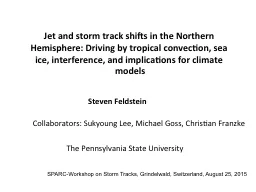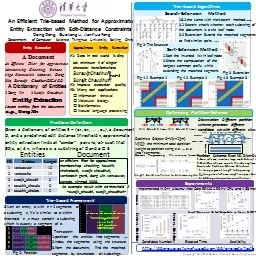PPT-A. There was a storm in the sea just as William first trie
Author : yoshiko-marsland | Published Date : 2017-04-19
destory morale B Harold marched his army to London just two days after winning the victory at Stamford Bridge and from London he went immediately to Hastings They
Presentation Embed Code
Download Presentation
Download Presentation The PPT/PDF document "A. There was a storm in the sea just as..." is the property of its rightful owner. Permission is granted to download and print the materials on this website for personal, non-commercial use only, and to display it on your personal computer provided you do not modify the materials and that you retain all copyright notices contained in the materials. By downloading content from our website, you accept the terms of this agreement.
A. There was a storm in the sea just as William first trie: Transcript
Download Rules Of Document
"A. There was a storm in the sea just as William first trie"The content belongs to its owner. You may download and print it for personal use, without modification, and keep all copyright notices. By downloading, you agree to these terms.
Related Documents

